One of the great things about living in China is the variety and quality of food on offer. Being such a large and ethnically diverse country with different climates and natural resources each region has its own local specialities and tastes (some being more palatable than others). Real Chinese food is a million miles from the greasy junk you’ll find at your local takeaway and is usually high in nutrients, low in calories and well-balanced. As a general rule, you’ll predominately find noodles in the north and rice in the south with five main regional divisions* –
- South-eastern – Canton (Guangdong) – Famous for roast meats and delicate sauces as well as stir-fried dishes with vegetables and the delicious delights of dim sum. Probably the most well-known and popular around the world.
- Western – Sichuan – Highly spiced, peppery and oily dishes prepared using vast quantities of dried chilli, Sichuan pepper, sesame seed oil and fermented bean curd paste. This distinct style of cooking is not for the faint of heart!
- North-eastern – Peking – Imperial Chinese cooking at its best. Consists of mildly spiced dishes rather than rich foods. Peking Duck, Mongolian hot pot, soft-fried foods, and delicious dumplings all on offer.
- Central – Hunan (and Shanghai) – Characterised by rich sauces and complex flavours. Tender vegetables, accompanied by freshwater fish and crustaceans are prepared mainly with ginger and Shao Xing wine.
- East Coast – Fukien (Fujian) – Famous for seafood and clear, light soups. Fukien is also noted for its subtle use of cooking wine, its soy sauce, egg rolls and suckling pig.
(*summarised from here)
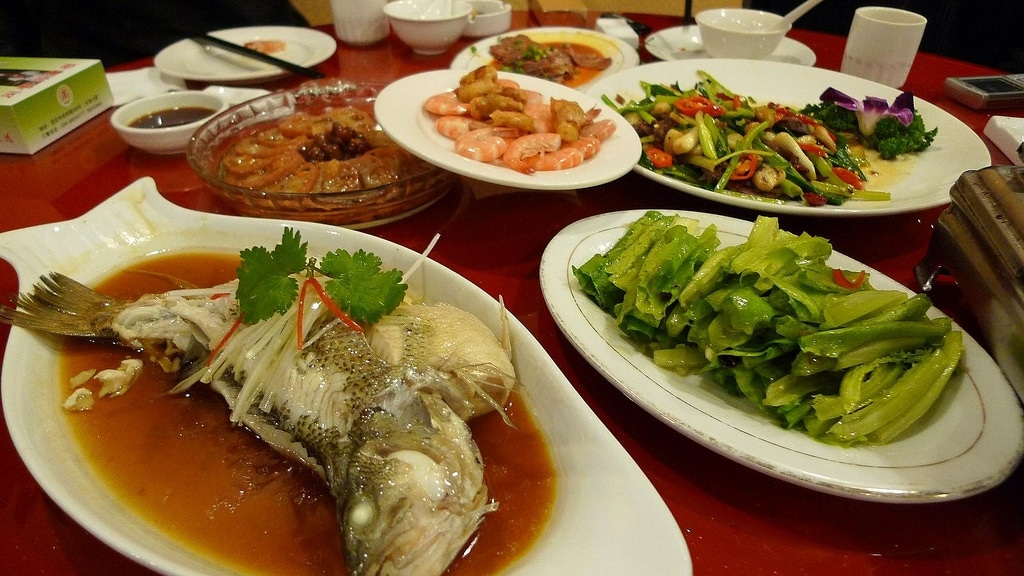
Of course, not all Chinese cooking is to everyone’s taste, especially if you’re used to a western palate, and using chopsticks takes a bit of getting used to. I’m quite happy to try almost everything once (much to my mums surprise!) and generally like most of it. The only thing I dislike is having to de-bone most meat/fish yourself and then spit out the rejected bits onto the table – it’s against my British sense of good table manors but quite the norm around here!
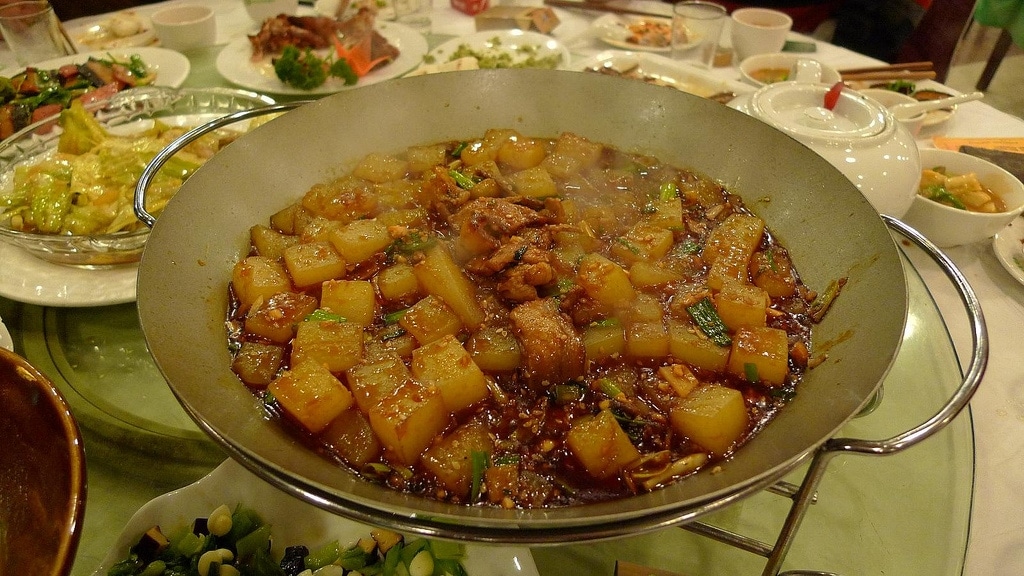
All the pictures in this post are from my trip to Xi’an which boasted some amazing food and especially strong spirits (56%) which the locals drank to ward off the cold weather (as well as smoking like chimneys). Unfortunately, I’m not sure about what all the dishes are called. More about Xi’an cuisine can be found here.
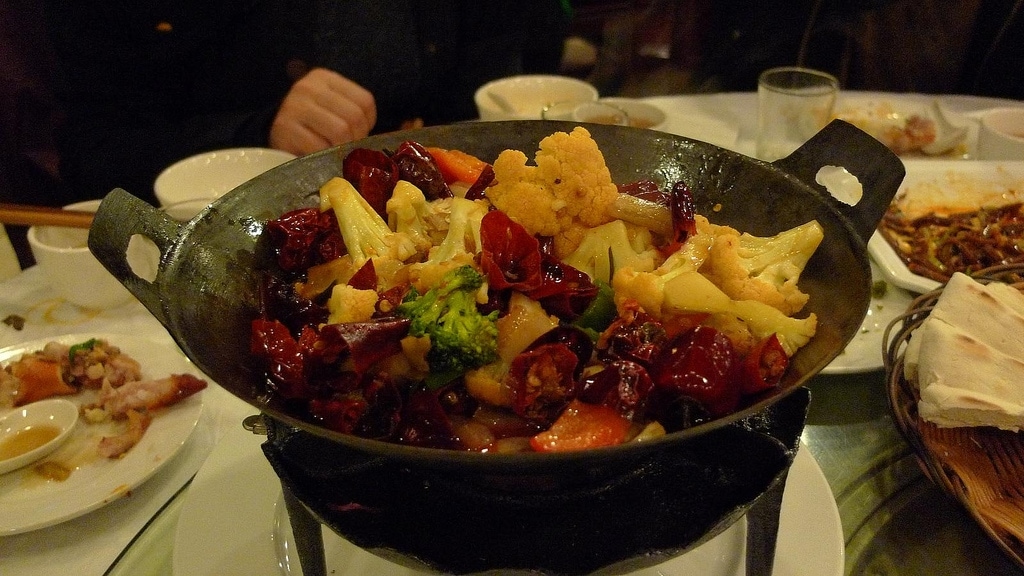
Above: cauliflower like you’ve never had it before!
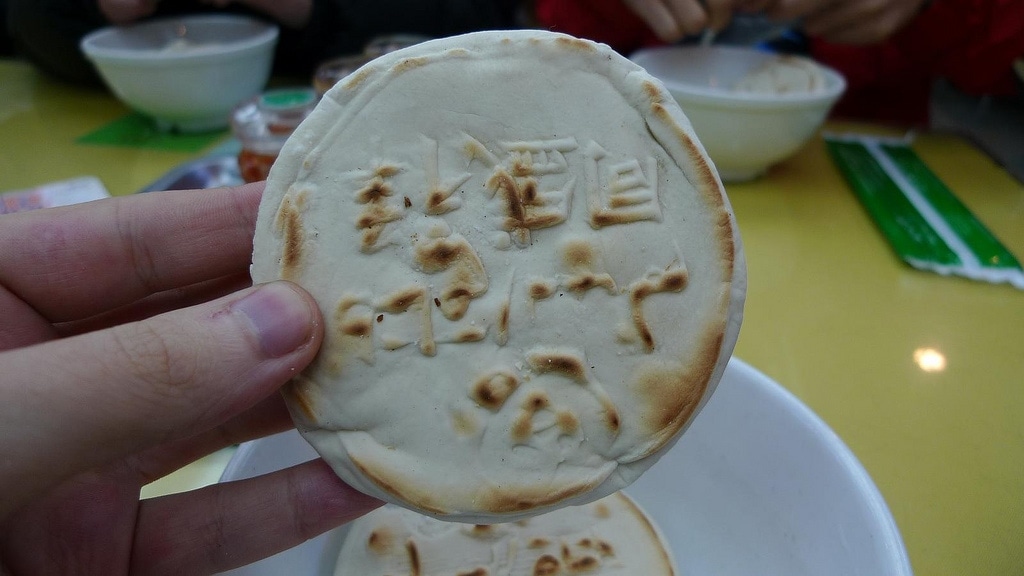
One of the local specialities not to be missed are traditional flatbread called Youzhi which are filled with shredded cured pork meat creating a delicious and cheap snack called Rou jia mo.
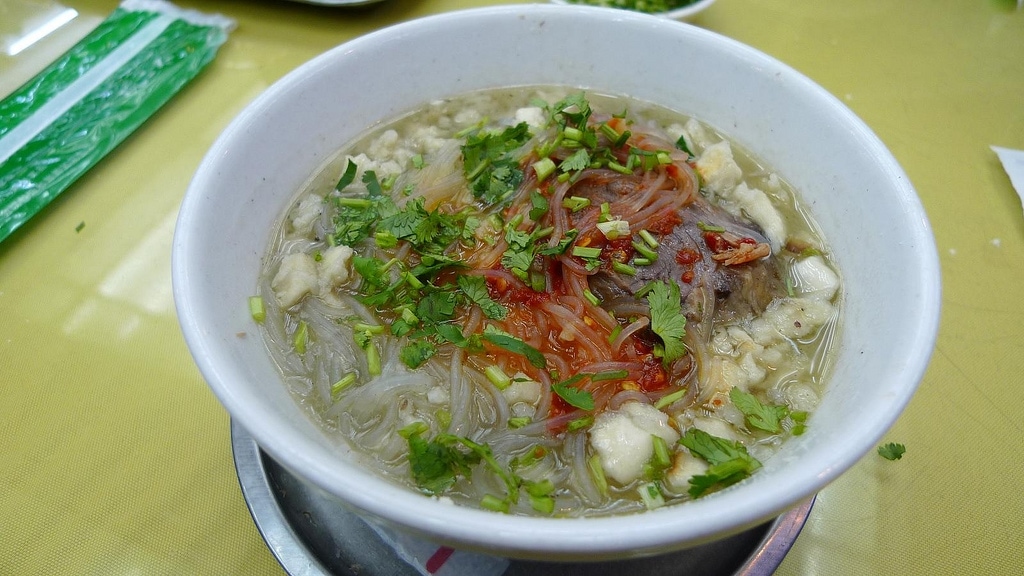
The flatbread is also used in a beef/mutton soup called Yangrou paomo which is made by breaking the bread into small pieces before being added to the soup with seasoning and then eaten with pickled garlic cloves. The custom of having the customers crumble their own bread supposedly make the food taste better!

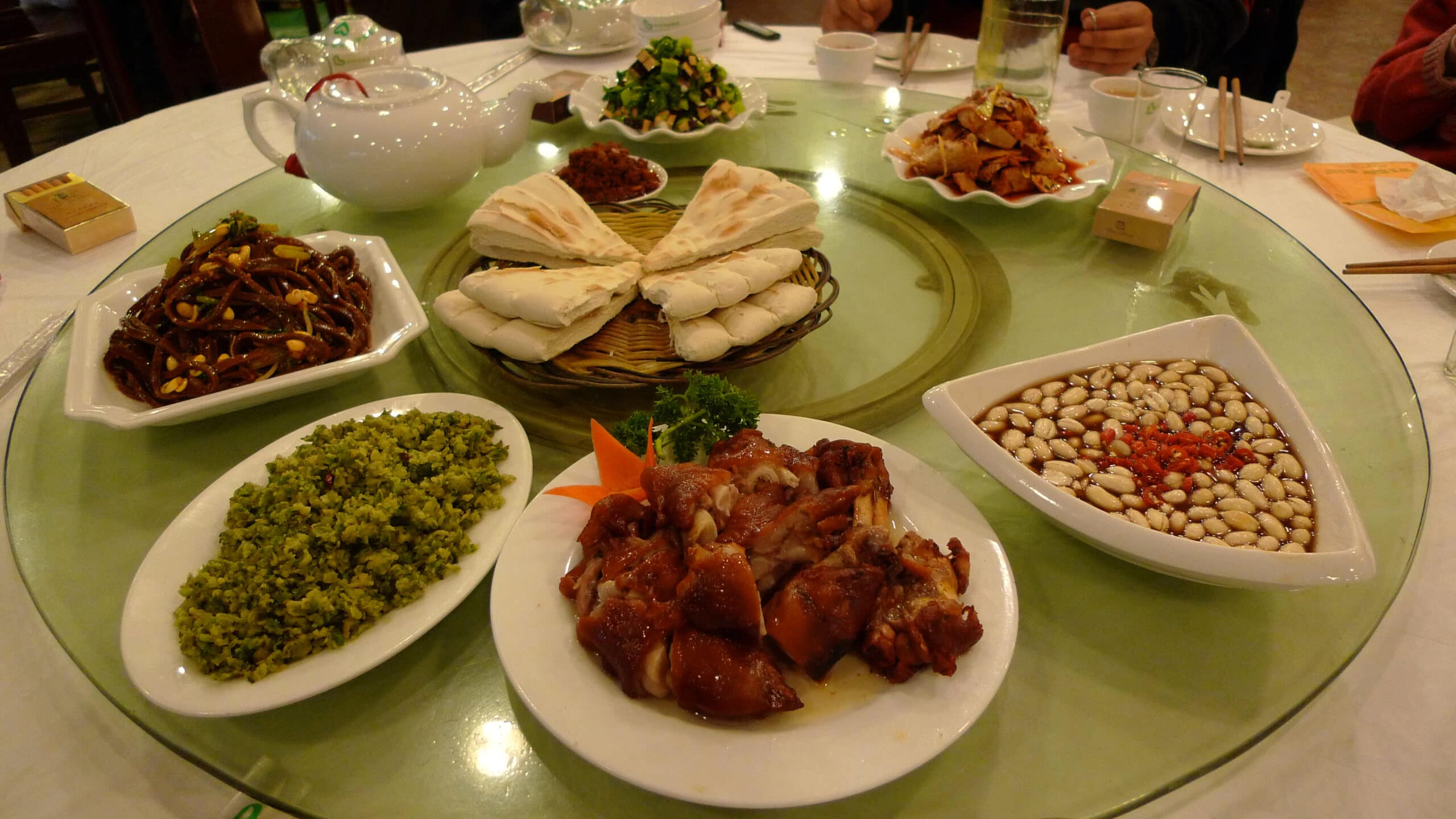
Reply